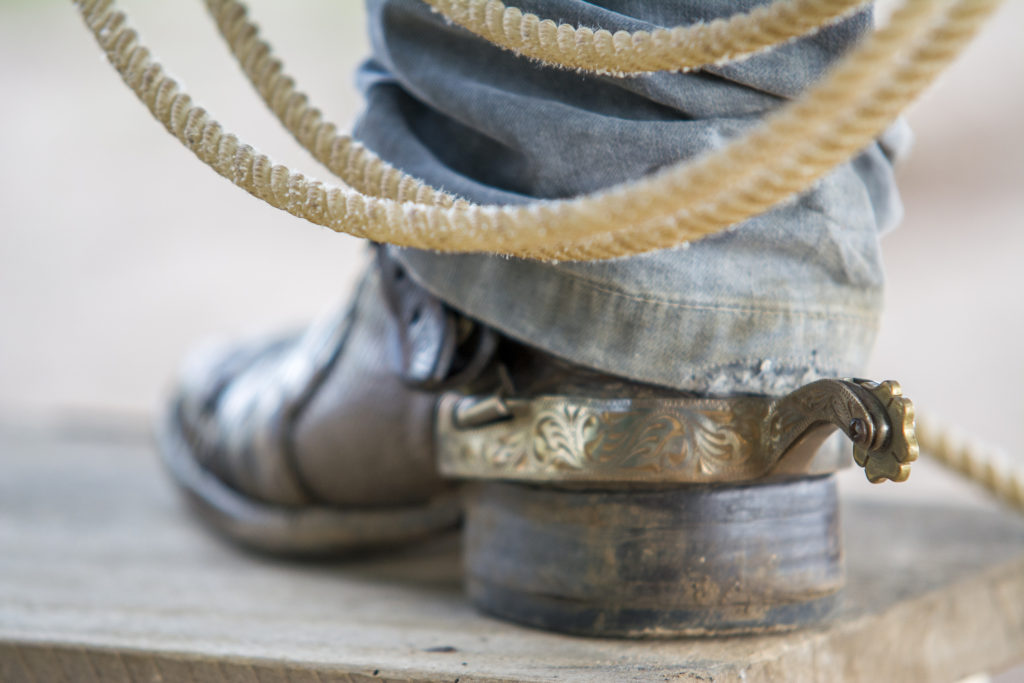Of course, what you watch depends on what era you prefer to write about, but if you’re a Western writer, you should obviously be watching Westerns.

It’s hard to find good Westerns nowadays, though. Everything is “gritty & realistic,” which the current generation seems to think means everybody is filthy, curses like a sailor, and conspires against everyone else in the show. If you like that sort of thing, more power to you, but I grew up on a gentler sort of story. The old Westerns may not be as historically accurate as some of the modern shows, but I like the stories better, mostly because everybody isn’t trying to stab one another in the back all the time. I tend to think gore for the sake of gore and cursing for the sake of cursing means you’ve got a weak plot, too.
Here are some old Westerns you might like to check out on YouTube or one of the streaming services:
- Wagon Train: this show followed different members of a train headed for Oregon, a different person each episode. By 1961, it was the Number 1 show on TV.
- Little House on the Prairie: this was more of a family drama than a Western, but it was set in the right era, so it often gets lumped in with the rest of the shows, and they did follow the books fairly closely for the first part of the show.
- Death Valley Days: this was the second-longest-running Western on TV, after Gunsmoke. Each episode was a tale told by the Old Ranger (at one time, played by Ronald Reagan).
- The Life & Times of Grizzly Adams: this was another family show, but it had a few realistic bits of mountain man lore occasionally.
- Alias Smith & Jones: you probably remember my feelings on this show, about a couple of outlaws trying for amnesty. They got a lot right, though not everything.
- The Virginian: the third-longest-running Western, this followed the adventures of the cowboys of Shiloh Ranch. The characters were loosely based on the book of the same name, though Trampas ended up a better guy than in the novel.
- The Big Valley: what set this Western apart was that the family was led by a woman rather than a man.
- The High Chaparral: this show actually hired Hispanic actors, which was unusual at the time, so it was more realistic than other Westerns. It followed the adventures of a rancher who married a Mexican noble-lady.
- Kung Fu: OK, this was less Western than martial arts show, but they got some of the history correct and the stories were usually good.
- The Young Riders: this was a later show, about the Pony Express riders.
- The Lone Ranger: one of the few shows to actually hire a Native American actor as Tonto, it was one of my favorites as a child.
- Gunsmoke: the longest-running Western, with 20 seasons, this followed the adventures of Marshall Matt Dillon as he kept law & order in Dodge.
- Maverick: Bret & Bart were a couple of scoundrels, but the stories were usually good.
- Rawhide: this show followed cowboys as they drove their herds to market, including a very young Clint Eastwood.
- The Wild, Wild West: this was more of a science-fiction Western, but they got a lot of the history right, and who wouldn’t love to live on a train?
- How the West Was Won: this series followed a family as they made their way west after the Civil War.
- The Rifleman: this followed the adventures of a rancher & his son.
- The Adventures of Brisco County, Jr: another later show, about a bounty hunter looking for his father’s killer
- And let’s not forget a couple of mini-series: The Sacketts, based on the Louis L’Amour books – very realistic and they got most of the history right – and Lonesome Dove – also very accurate.
